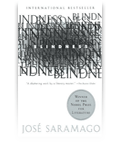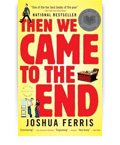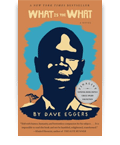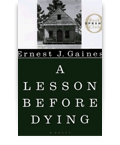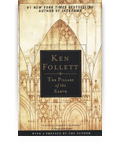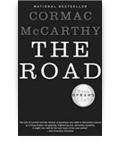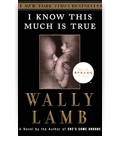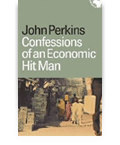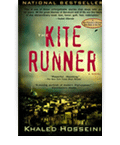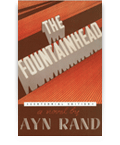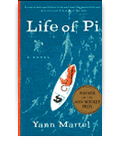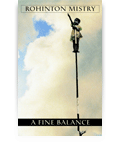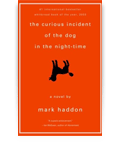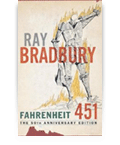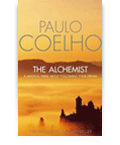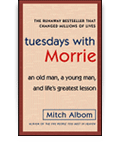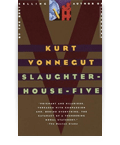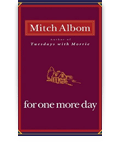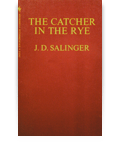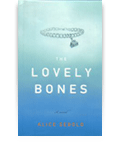
Onodesigns is in no way affiliated with any of the following websites or items placed in this area. This is strictly an area to display content I found while browsing the web or books that I've read and found to be interesting. I found these sites to be either very funny, have unique content, or aesthetically pleasing. ENJOY!
Book: (Summary from Wikipedia)
Into Thin Air: A Personal Account of the Mt. Everest Disaster is a bestselling non-fiction book written by Jon Krakauer. It details the author's May 10, 1996 ascent of Mount Everest, which turned catastrophic when eight climbers were killed and several others were stranded by a 'rogue storm'.
Book: (Summary from Wikipedia)
Blindness (Portuguese: Ensaio sobre a cegueira, meaning Essay on Blindness) is a novel by Portuguese author José Saramago. It was published in Portuguese in 1995 and in English in 1997. It is one of his most famous novels, along with The Gospel According to Jesus Christ and Baltasar and Blimunda.



